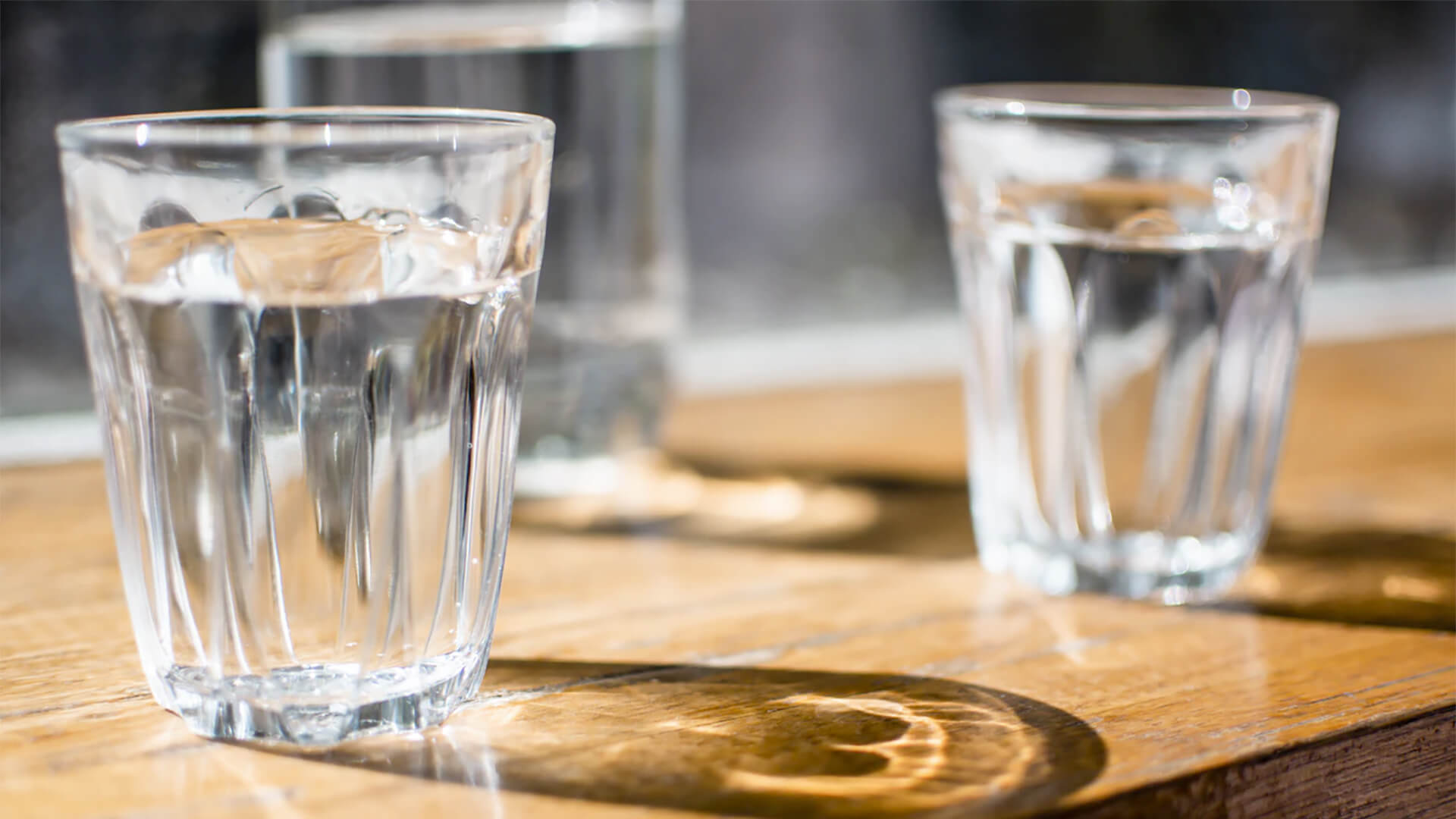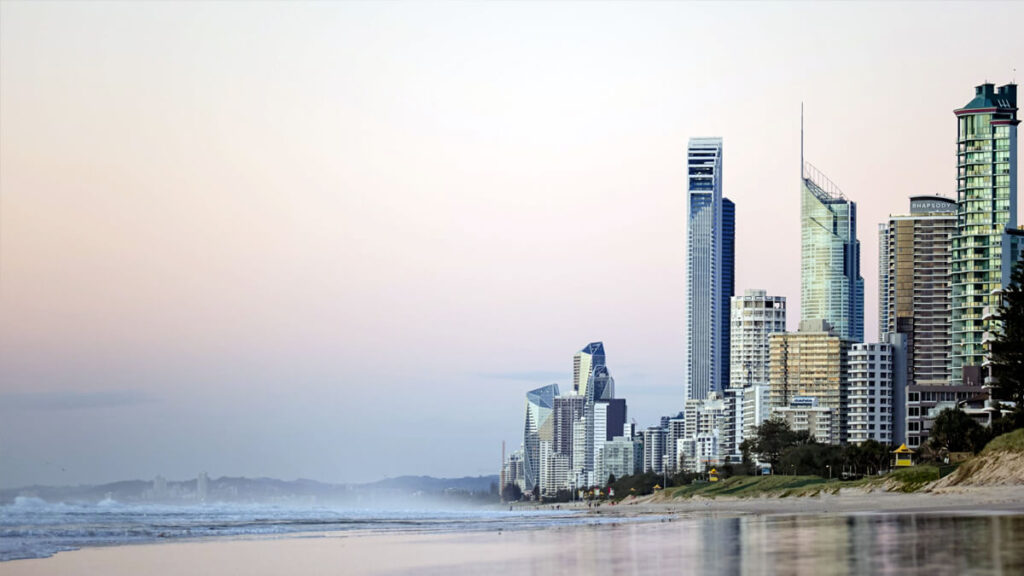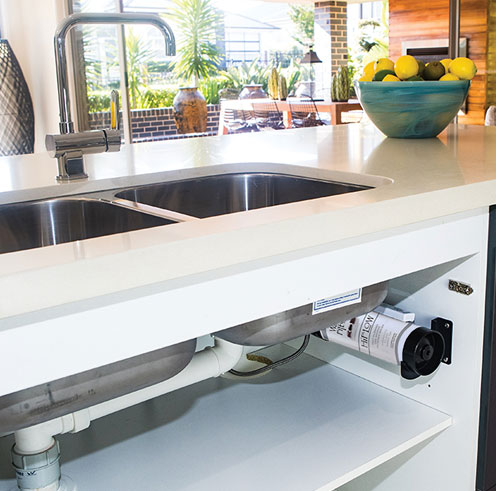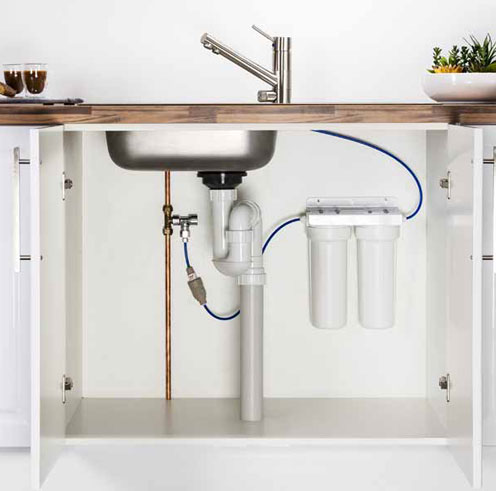7:00AM to 5:00PM
Our city’s water and sewerage infrastructure delivers safe, high-quality water to households and businesses across the Gold Coast. You can choose to have a water filtration system for your household’s tap water and the type of system you want to use. Whether you have water filter jugs or drink filtered water is your call.
But maybe, like most of us, you take your clean tap water for granted. Water tastes okay, so why ask questions? Or perhaps it’s not about how great tasting it is already, but you’re unsure what’s in your water supply, whether it needs water filtration, or which system is best for you and your loved ones. And you’re unsure where to go for suitable water filters and excellent service.
Then, we suggest you read on and take a quick view. We’re about to dive deeply into our Gold Coast water supply, our drinking habits, the benefits of water and proper hydration, water filtration, and the options available. There is no need to worry about which product is great or how you will find the perfect filter system for your home. We can help you find the right filter for you!
You’ll want to ‘drink all this in,’ so get comfy.
How many of the following ‘ingredients’ do you think we might find in our great-tasting water supply without the filtration systems? It certainly doesn’t sound like a recipe for great-tasting water or anything that’s supposed to be good for you, now, does it?
|
|
|
|
|
|
|
|
|
|
|
|
|
Without water purifiers or pure water systems, these nasties could lurk in your next glass of refreshing tap water. Yum! Thirsty yet?
And if you’re drinking the recommended eight glasses a day, think about how many of these could be coursing through your system right now without a water filter system!

While the benefits of good quality drinking water in a controlled environment outweigh the risks, the potential threat remains. Here’s what could potentially be lurking in our drinking water without purification systems:
Tap water may contain impurities, both natural and artificial. Some are harmless, and others affect your water’s looks, tastes, or smells. However, others can give you a primary infection or slowly damage your health over time.
Some chemicals (such as chlorine and fluoride) are added to water in the treatment plant. Potential health risks are discussed, but the benefits of the chemicals are still thought to outweigh any possible risks.
Water authorities’ most important task is to supply water free from pathogenic microorganisms (those that can make you sick).

The short answer is the Hinze Dam. And here’s what Destination Gold Coast had to say about this local gem, the Gold Coast drinking water source.
“South East Queensland’s AUD395 Million Hinze Dam was originally constructed in 1976, later raised 15 metres in 1989 and recently upgraded in 2011. The large embankment and un-gated spillway across the Nerang River provides water security and flood mitigation to the Gold Coast.
The catchment area of 207 square kilometres includes the Numinbah Valley and Springbrook Plateau, which pools into a 3700 acre reservoir called Advancetown Lake. This lake provides recreational users with walking and horse riding trails and is a popular stop off for lycra-clad cyclists passing through the Gold Coast Hinterland.
For anglers with a permit and electric outboard motor (sail or paddle craft) this is a playground for hooking golden and silver perch, saratoga, Mary River cod and Australian bass from either The Western (Nerang Murwillumbah Road) or Eastern Boat Ramp (Little Nerang and Range Roads).
There are four picnic and barbecue areas with nearby playgrounds for the kids and onlookers, plus a state-of-the-art educational interpretive centre perched above the parklands and lake.”
The following video explains Seqwater’s role in ensuring a safe and reliable water supply for South East Queensland. Watch it here.
The city of Gold Coast’s water and sewerage network and assets are worth more than $3.7 billion and include:
Dr. Karl examines the question, “Do we need eight glasses of water daily?” in this article.
Despite lacking evidence, most authorities advise a passive person to drink at least eight glasses of water (about eight ounces each) daily. That totals almost two litres. Active people should drink more and have more water storage.
Besides maintaining proper hydration, “some studies show that drinking lots of water reduced the incidence of bladder cancer, colorectal cancer, urinary tract infections and urinary stones.”
Some reasons our bodies need drinking water are:
So, drink on up!
The City of Gold Coast is helping customers to enjoy a healthy, environmentally friendly and low-cost community lifestyle through its Choose Tap program.
The Choose Tap message is simple: tap water is the best choice for your health, environment, and hip pocket. Additionally, drinking tap water is a convenient alternative to purchasing bottled water by reusing a personal water bottle.
Want more information on the water quality in your area? Check out the latest report here: Drinking Water Quality Annual Report.
We have no shortage of water filtration options. Here’s a glimpse into a few of the most popular, comparing their pros, cons, and costs. What will work best for you? That’s up to you to decide.
| Option | Price | Pro | Con |
|---|---|---|---|
| Bottled water | $10 per 24 bottles | Easy to use, transportable In its container | Costs have to be continually replenished, which is terrible for the environment |
| Undersink filter | $180 – $600 initial | Filter large amounts of water without cluttering the countertop or attaching it to existing taps. It is less likely to clog than a jug or tap-mounted filter and is the longest-lasting option. | It takes up under-sink space and requires plumbing modification. It’s the most expensive option. |
| Jug filter | $20 – $75 initial | Convenient, small, and easy to use and replace filters. | Some are slow, prone to clogging and have short filter lives, meaning higher ongoing costs. |
| Tap/faucet-mounted | $25 – $75 initial | Most convenient at tap filters, small, and easy to use and replace filters. Easily swap between filtered and non-filtered water. | It slows the water flow and cannot be used on all taps. |
| Countertop | $60 – $350 initial | Filter’s large amounts of water without plumbing modification. It is less likely to clog than a jug or tap-mounted filter. | Clutters countertops and cannot be used on all taps. |
Other options include refillable lead-reducing pitchers, fridge water filtration options, and individually filtered water bottles. So, there’s no excuse not to filter!


The next time you’re thirsty, make the right choice for the planet, make the sustainable choice and choose tap.
As crucial as choosing a tap is, it’s also important to make the right choice for your health and taste buds. Make sure it’s a filtered tap!
Professional plumbers from Gold Coast Plumbing Company can help you with water filter installation or cartridge changes. If you want to drink filtered water, get in touch with us! For an excellent, great-tasting water filtration system, we’re your experts. Aside from installation, we can help you choose high-quality water filters and water filter cartridges from reputable manufacturers. The team will ensure you have the best and only fresh-filtered water filters. Our team can also do repairs and plumbing maintenance. We can help you install a Reverse Osmosis Water Filter, the most effective way to get contaminants out of your water. Follow us to know more, or call us for a free estimate.